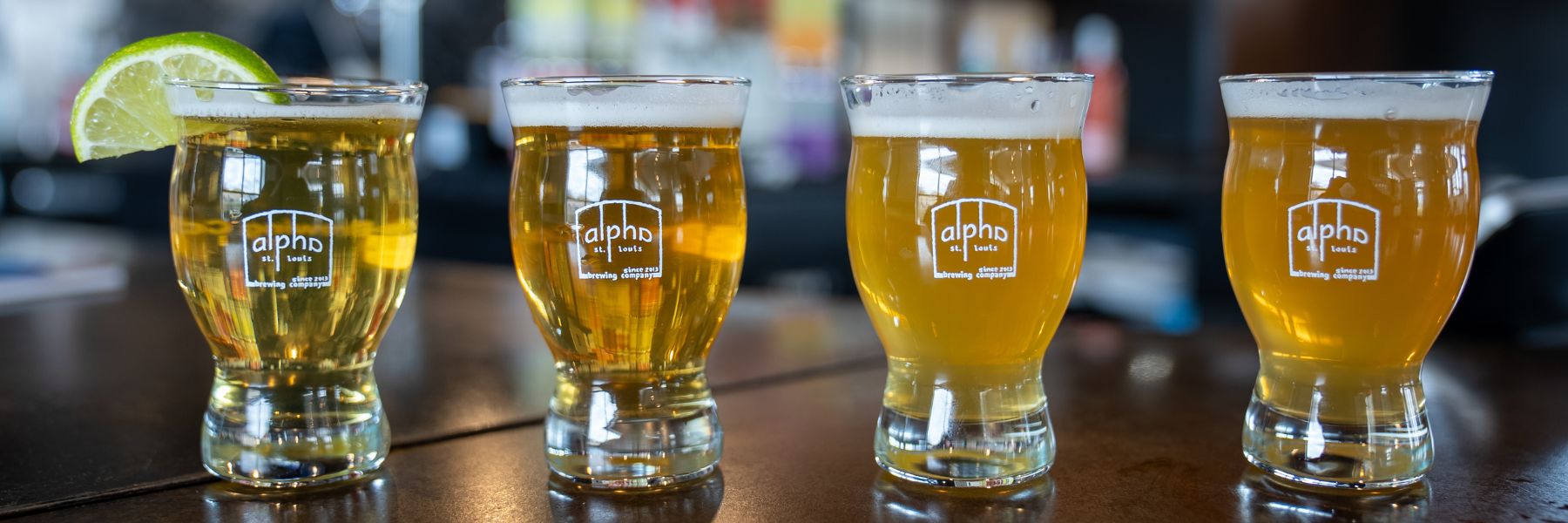Grasping the Craft of Distillation: a Deep Study Distillery Traditions
Checking out the intricate art of purification reveals a globe soaked in time-honored traditions that have formed the spirits we take pleasure in today. From the ancient beginnings of distillation strategies to the contemporary evolution of distillery devices, each action in the process brings with it a rich tapestry of background and competence. As we look into the fragile balance of modern-day versus conventional distilling techniques and uncover the value of essential components, a deeper understanding emerges of the extensive impact distillery customs have on the spirits we enjoy.
Beginnings of Distillation Methods
The growth of purification techniques has a rich history that traces back to old worlds. The beginnings of purification can be connected to very early civilizations such as the Mesopotamians, Egyptians, and Greeks. These ancient societies utilized primary distillation approaches for perfumery, medicine, and producing alcoholic beverages. The idea of separating elements based upon their various boiling factors laid the structure for the advanced distillation processes we have today.
The earliest evidence of distillation dates back to around 3000 BC in Mesopotamia, where clay pots were utilized to boil down perfumes and fragrant oils. The Egyptians better progressed these methods, using purification for embalming practices and medicinal purposes. The Greeks, notably figures like Aristotle and Hippocrates, added to the theoretical understanding of distillation.
Over time, purification infect regions like India, China, and the Middle East, each society including its special touch to the craft. The development of distillation techniques continued via the Center Ages and the Renaissance, ultimately resulting in the varied selection of purification processes used in modern-day distilleries worldwide.
Development of Distillery Devices

With improvements in innovation and a deeper understanding of the distillation procedure, modern-day distilleries currently make use of a selection of sophisticated equipment to produce spirits of the finest. Today, purification devices includes column stills, reflux stills, and hybrid stills, each developed to cater to details purification requirements. These modern stills supply much better temperature regulation, raised distillation accuracy, and higher efficiency in dividing alcohol from pollutants.
Along with stills, distilleries currently use innovative condensers, fermenters, and filtering systems to further improve the distillate. The evolution of distillery devices continues to play a crucial duty fit the varied variety of spirits readily available out there today.
Conventional Vs. Modern Distilling Practices
In examining distilling techniques, the comparison between modern-day and traditional techniques reveals considerable improvements in efficiency and top quality. Traditional distilling practices frequently include classic strategies gave via generations, highlighting workmanship and workmanship (Seawall Bar). These techniques commonly count on copper pot stills and hands-on procedures that need a high degree of skill and experience from the distillers. On the other hand, modern-day distilling practices leverage innovative innovation and technology to streamline production procedures and boost consistency. Our site Automated systems, electronic controls, and advanced tools make it possible for modern distilleries to produce spirits much more effectively and with better accuracy.
While conventional distilling methods are treasured for their heritage and the one-of-a-kind tastes they create, contemporary methods provide advantages in regards to scalability, top quality control, and sustainability. By including scientific developments and contemporary design, distillers can maximize production, minimize waste, and satisfy the demands these days's market better. Eventually, the option between modern and traditional distilling practices frequently depends on the distillery's objectives, values, and target market.
Secret Components in Distillation Refine
Within the craft of distillation, the option of crucial ingredients plays an essential duty in figuring out the taste check out this site profile and top quality of the spirits created. The main ingredients made use of in the distillation procedure are normally water, yeast, and a fermentable source such as grains, fruits, or sugarcane.
Water is a fundamental part as it not only thins down the alcohol material to a tasty level yet also affects the total mouthfeel and structure of the spirit. The top quality and mineral material of the water made use of can considerably influence the final item.
Yeast is another crucial ingredient that transforms the sugars present in the fermentable resource right into alcohol with the procedure of fermentation. Different stress of yeast can generate varying aromas and tastes, contributing to the special characteristics of the spirit.
/https://static.texastribune.org/media/images/2017/06/07/Brewery-Rich-12-TT-crop.jpg)
Influence of Distillery Traditions on Spirits
The impact of longstanding distillery practices on spirits extends past the choice of key components, shaping the extremely essence and personality of the final distilled items (Galveston Whiskey). These customs, passed down via generations, play an important duty in defining the one-of-a-kind preference accounts and high qualities that distinguish one spirit from one more
Distillery practices include a variety of techniques, from the certain methods used in distillation to the selection of aging processes used. For instance, making use of standard copper pot stills in whiskey manufacturing is believed to give certain flavors and attributes that are highly valued by lovers. The aging of spirits in oak barrels, a technique deeply rooted in distilling traditions, contributes to the development of complicated scents and flavors over time.
/https://static.texastribune.org/media/images/2017/06/07/Brewery-Rich-12-TT-crop.jpg)
Conclusion
From the beginnings of purification strategies to the modern practices, the impact of distillery traditions on spirits is undeniable. Distillery traditions play a vital role in shaping the spirits industry and preserving the heritage of purification practices.
Throughout the background of purification, the tools made use of in distilleries has actually gone through considerable development to improve effectiveness and quality of the distillation procedure.With advancements in technology and a deeper understanding of the distillation process, modern-day distilleries now make use of a selection of innovative pop over to this web-site tools to generate spirits of the highest possible high quality. Today, distillation equipment consists of column stills, reflux stills, and crossbreed stills, each created to cater to specific purification requirements. From the origins of purification strategies to the contemporary practices, the influence of distillery practices on spirits is indisputable. Distillery traditions play a vital duty in shaping the spirits industry and maintaining the heritage of distillation practices.